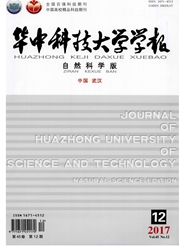

 中文摘要:
中文摘要:
This paper first introduces the concept of a geogram that captures richer features to represent the objects. The spatiogram contains some moments upon the coordinates of the pixels corresponding to each bin, while the geogram contains information about the perimeter of grouped regions in addition to features in the spatiogram.Then we consider that a convergence process of mean shift is divided into obvious dynamic and steady states,and introduce a hybrid technique of feature description, to control the convergence process. Also, we propose a spline resampling to control the balance between computational cost and accuracy of particle filtering. Finally, we propose a boosting-refining approach, which is boosting the particles positioned in the ill-posed condition instead of eliminating the ill-posed particles, to refine the particles. It enables the estimation of the object state to obtain high accuracy. Experimental results show that our approach has promising discriminative capability in comparison with the state-of-the-art approaches.
 英文摘要:
英文摘要:
This paper first introduces the concept of a geogram that captures richer features to represent the objects. The spatiogram contains some moments upon the coordinates of the pixels corresponding to each bin, while the geograra contains information about the perimeter of grouped regions in addition to features in the spatiogram. Then we consider that a convergence process of mean shift is divided into obvious dynamic and steady states, and introduce a hybrid technique of feature description, to control the convergence process. Also, we propose a spline resampling to control the balance between computational cost and accuracy of particle filtering. Finally, we propose a boosting-refining approach, which is boosting the particles positioned in the ill-posed condition instead of eliminating the ill-posed particles, to refine the particles. It enables the estimation of the object state to obtain high accuracy. Experimental results show that our approach has promising discriminative capability in comparison with the state-of-the-art approaches.
 同期刊论文项目
同期刊论文项目
 同项目期刊论文
同项目期刊论文
 期刊信息
期刊信息
